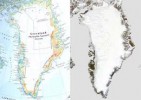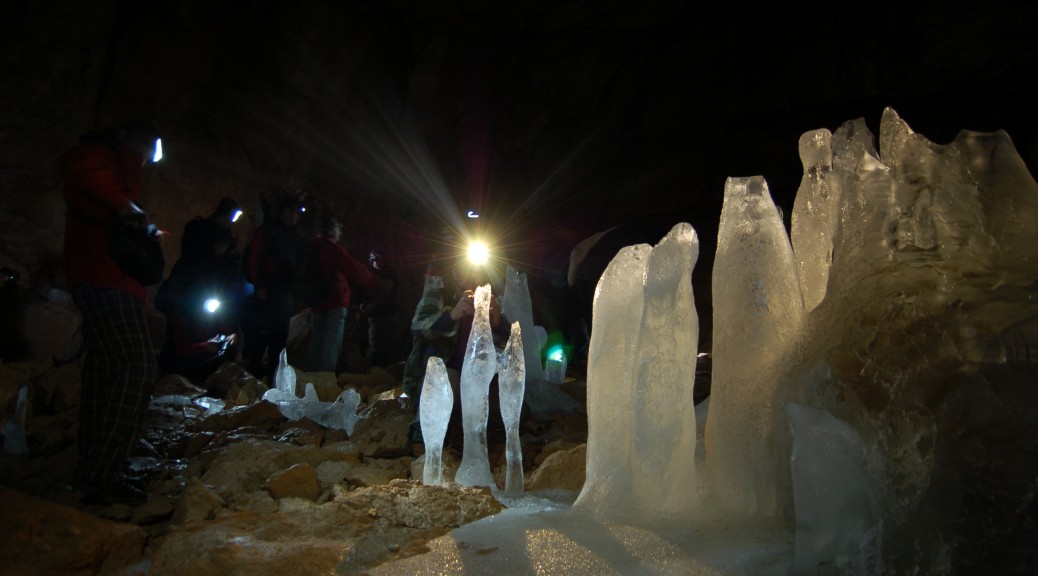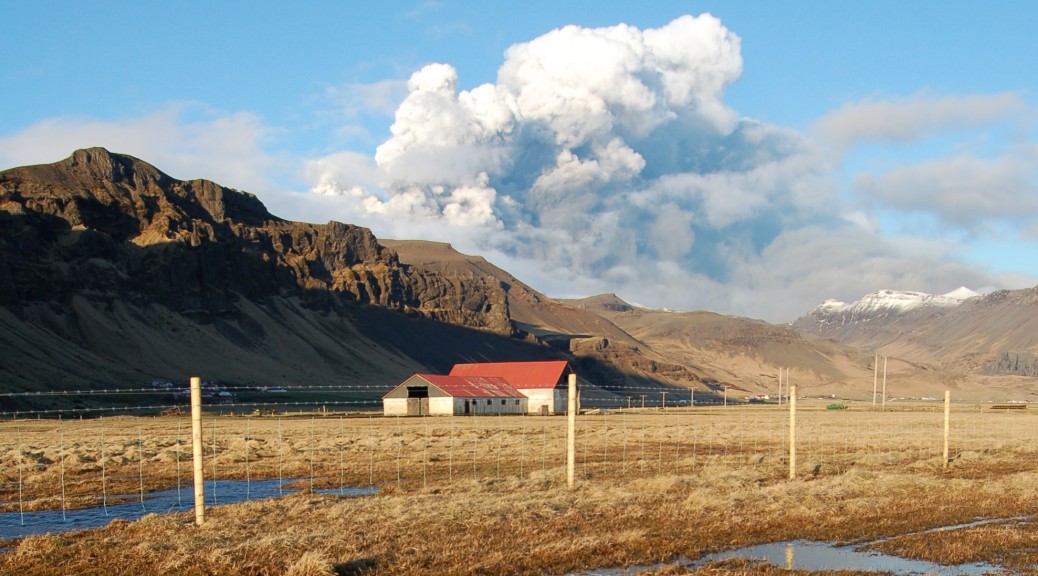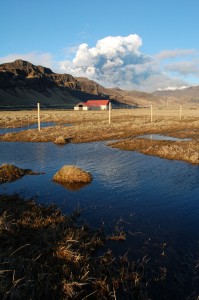 Glaciologists and climatologists are racing to correct an error in the latest edition of The Times Comprehensive Atlas of the World, which they say overstates the extent of ice loss in Greenland over the past 12 years.
Glaciologists and climatologists are racing to correct an error in the latest edition of The Times Comprehensive Atlas of the World, which they say overstates the extent of ice loss in Greenland over the past 12 years.
The 13th edition of the atlas was released on 15 September. The map’s publisher, London-based HarperCollins, said in a press release that it had “had to erase 15% of Greenland’s once permanent ice cover” since the previous edition in 1999. But researchers, who contend that the number is not backed up by scientific evidence, are worried that the error will undermine their credibility. Continue reading Greenland ice-melt map gets the cold shoulder



